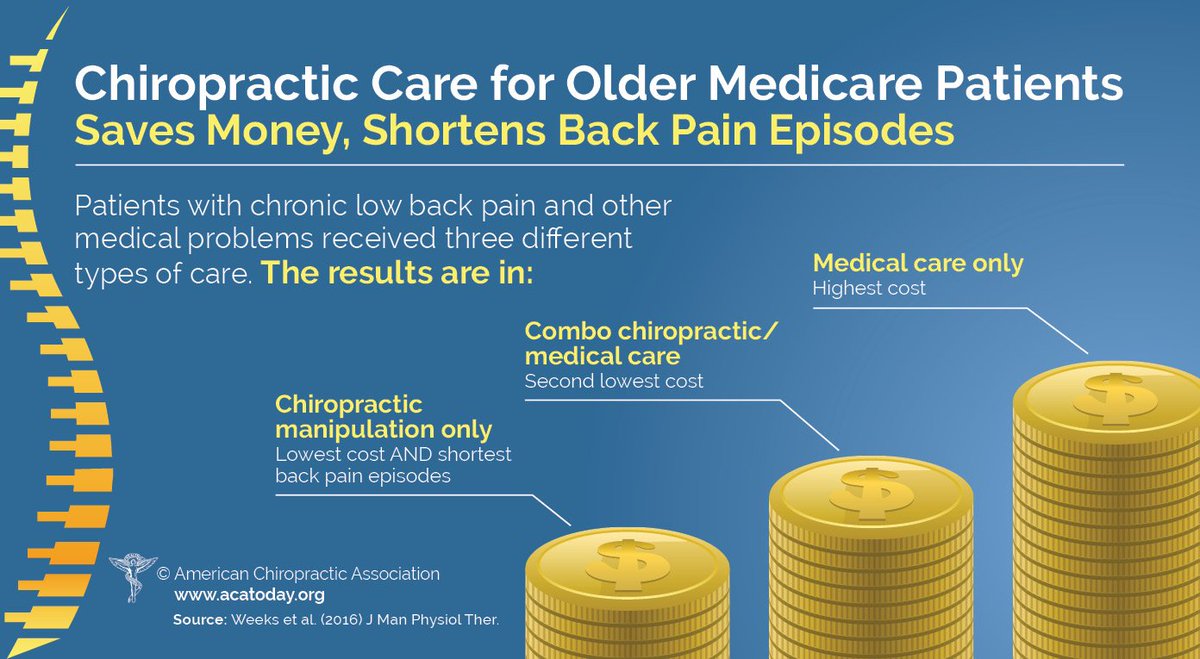Decoding The Science Of Cold Laser Treatment: Exploring Its Mechanisms And Repercussions
Decoding The Science Of Cold Laser Treatment: Exploring Its Mechanisms And Repercussions
Blog Article
Author-Bendix Roberson
You may have become aware of cold laser treatment as an appealing therapy alternative for various problems, but have you ever before wondered exactly how it really works on a mobile level? Recognizing the mechanisms behind this treatment can clarify its performance in promoting healing and decreasing inflammation. By exploring the scientific research behind cold laser therapy, you'll obtain insights into the interesting ways in which light can affect mobile procedures and facilitate cells repair work.
Exactly How Cold Laser Treatment Works
To comprehend just how cold laser therapy functions, you need to realize the fundamental concepts of exactly how light power communicates with biological tissues. Cold laser therapy, likewise referred to as low-level laser therapy (LLLT), makes use of details wavelengths of light to permeate the skin and target underlying cells. Unlike the extreme lasers made use of in surgeries, cold lasers give off low levels of light that do not generate heat or create damage to the cells.
When these mild light waves get to the cells, they're taken in by components called chromophores, such as cytochrome c oxidase in mitochondria. This absorption causes a series of biological responses, including boosted mobile energy production and the launch of nitric oxide, which enhances blood flow and reduces inflammation.
Additionally, the light power can likewise promote the manufacturing of adenosine triphosphate (ATP), the energy currency of cells, aiding in mobile fixing and regrowth processes.
In Click Webpage , cold laser treatment uses the power of light energy to advertise healing and alleviate pain in a non-invasive and mild way.
Mechanisms of Activity
How does cold laser therapy in fact function to generate its healing impacts on biological cells?
Cold laser therapy, likewise called low-level laser treatment (LLLT), operates with a process referred to as photobiomodulation. When the cold laser is put on the skin, the light energy passes through the cells and is taken in by chromophores within the cells.
These chromophores, such as cytochrome c oxidase in the mitochondria, are then stimulated by the light power, leading to a waterfall of biological responses. One vital device of action is the enhancement of mobile metabolic process.
The soaked up light power raises ATP manufacturing in the mitochondria, which is essential for mobile feature and repair. Additionally, cold laser therapy aids to minimize inflammation by hindering inflammatory mediators and promoting the release of anti-inflammatory cytokines.
https://jasperwqleq.develop-blog.com/36609327/wondering-how-cold-laser-treatment-revolutionizes-detox-reveal-the-science-behind-this-cutting-edge-method-to-toxin-elimination-and-mobile-rejuvenation anti-inflammatory effect contributes to pain alleviation and tissue healing.
Healing Impacts
Recognizing the restorative results of cold laser treatment involves identifying how the boosted cellular metabolism and anti-inflammatory residential or commercial properties add to its favorable outcomes on biological tissues.
When https://www.healthline.com/health/prp-hair-treatment-success-rate is related to the damaged area, it promotes the mitochondria within the cells, bring about increased production of adenosine triphosphate (ATP), which is essential for mobile feature and repair service. This increase in mobile energy speeds up the recovery procedure by advertising cells regeneration and minimizing inflammation.
Furthermore, the anti-inflammatory residential properties of cold laser treatment help to reduce pain and swelling in the targeted location. By hindering inflammatory mediators and promoting the launch of anti-inflammatory cytokines, cold laser treatment aids in alleviating pain and boosting the overall healing action.
This decrease in swelling not only provides prompt relief however likewise supports lasting tissue repair.
Conclusion
To conclude, cold laser therapy functions by promoting cellular repair service and cells regeneration through photobiomodulation. Its anti-inflammatory buildings offer pain alleviation and decrease swelling by hindering inflammatory conciliators.
This therapy provides a detailed strategy to recovery, supplying both prompt alleviation and long-term cells repair service advantages.
Through its systems of action, cold laser therapy shows to be a reliable and encouraging therapy option for a range of conditions.
